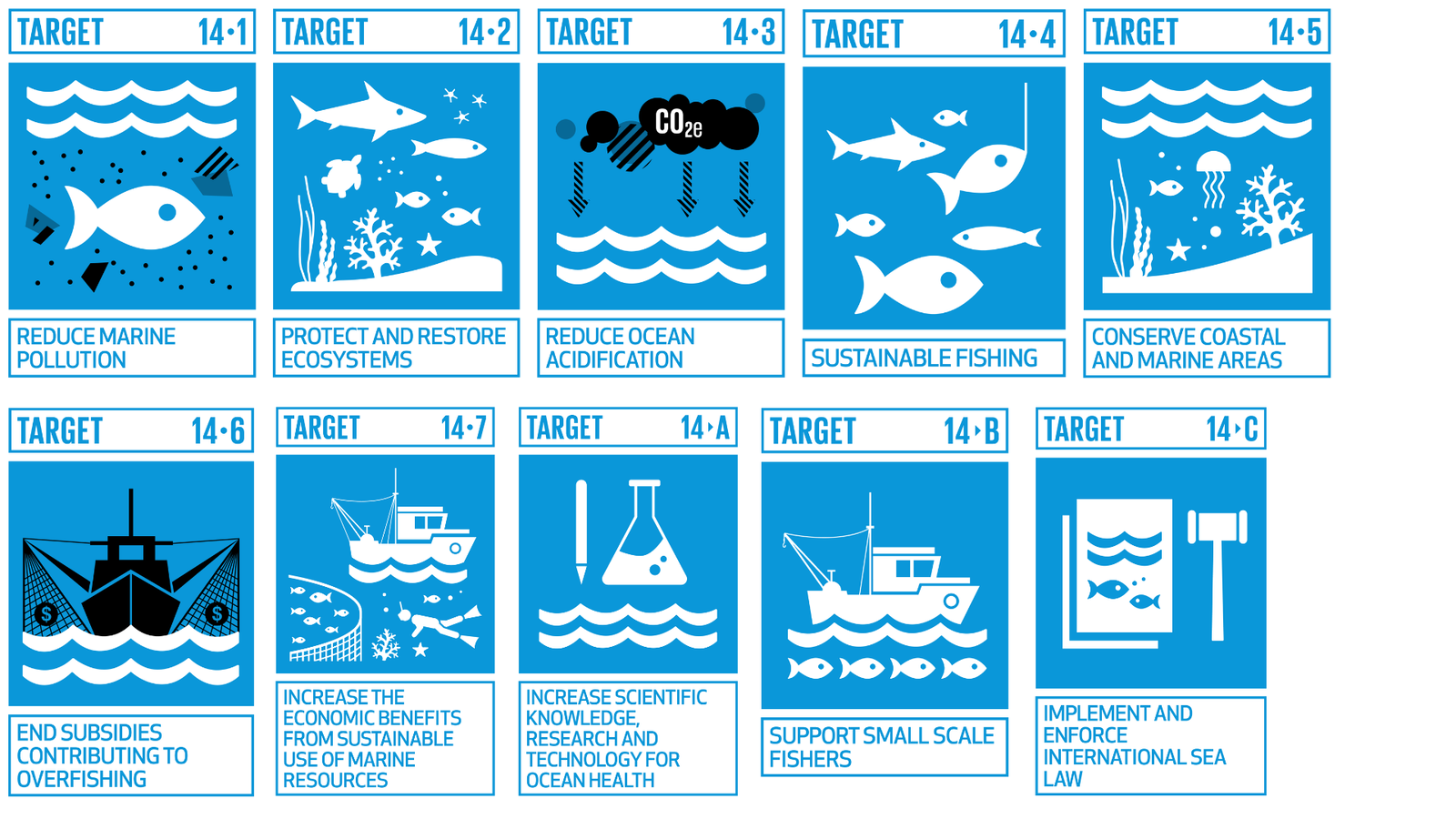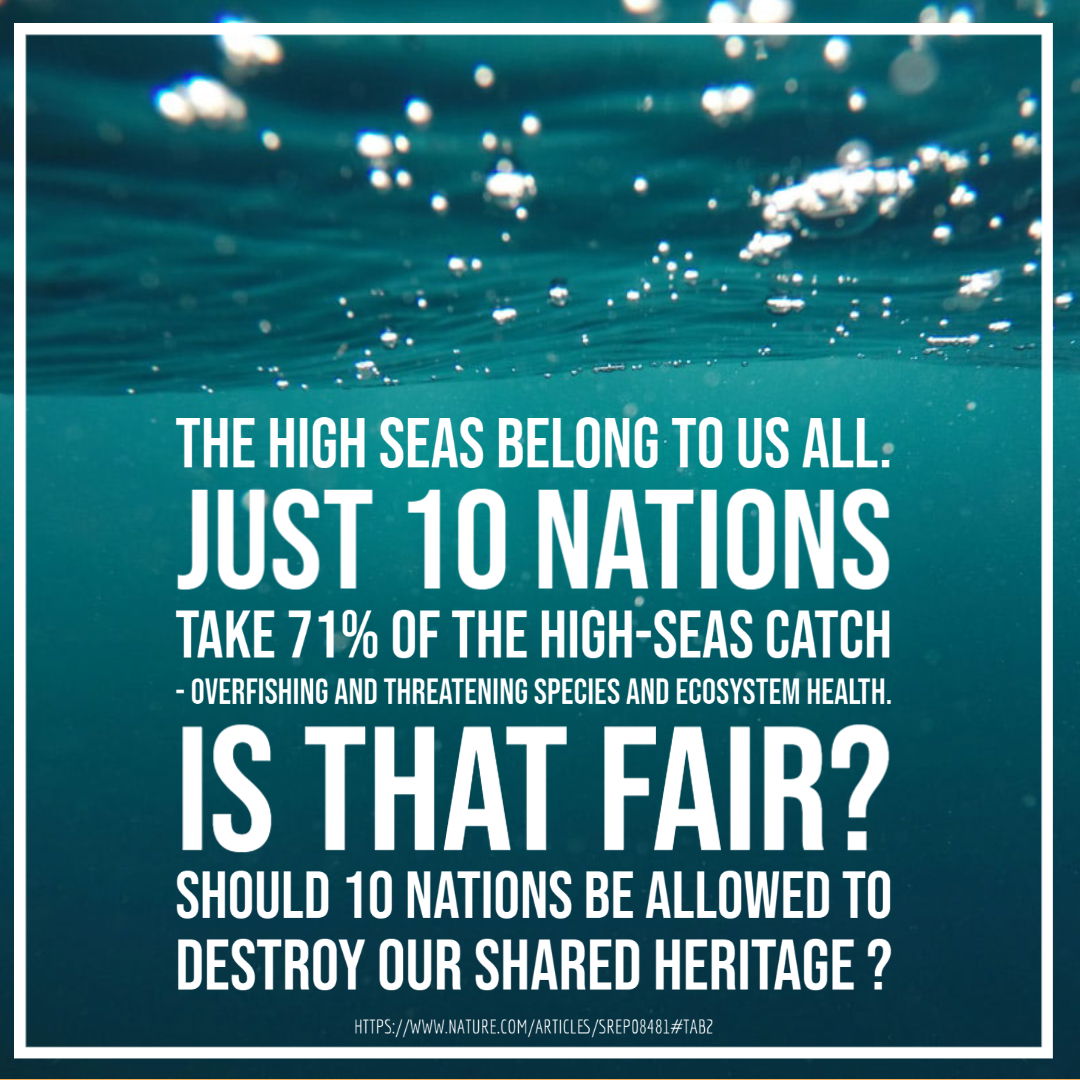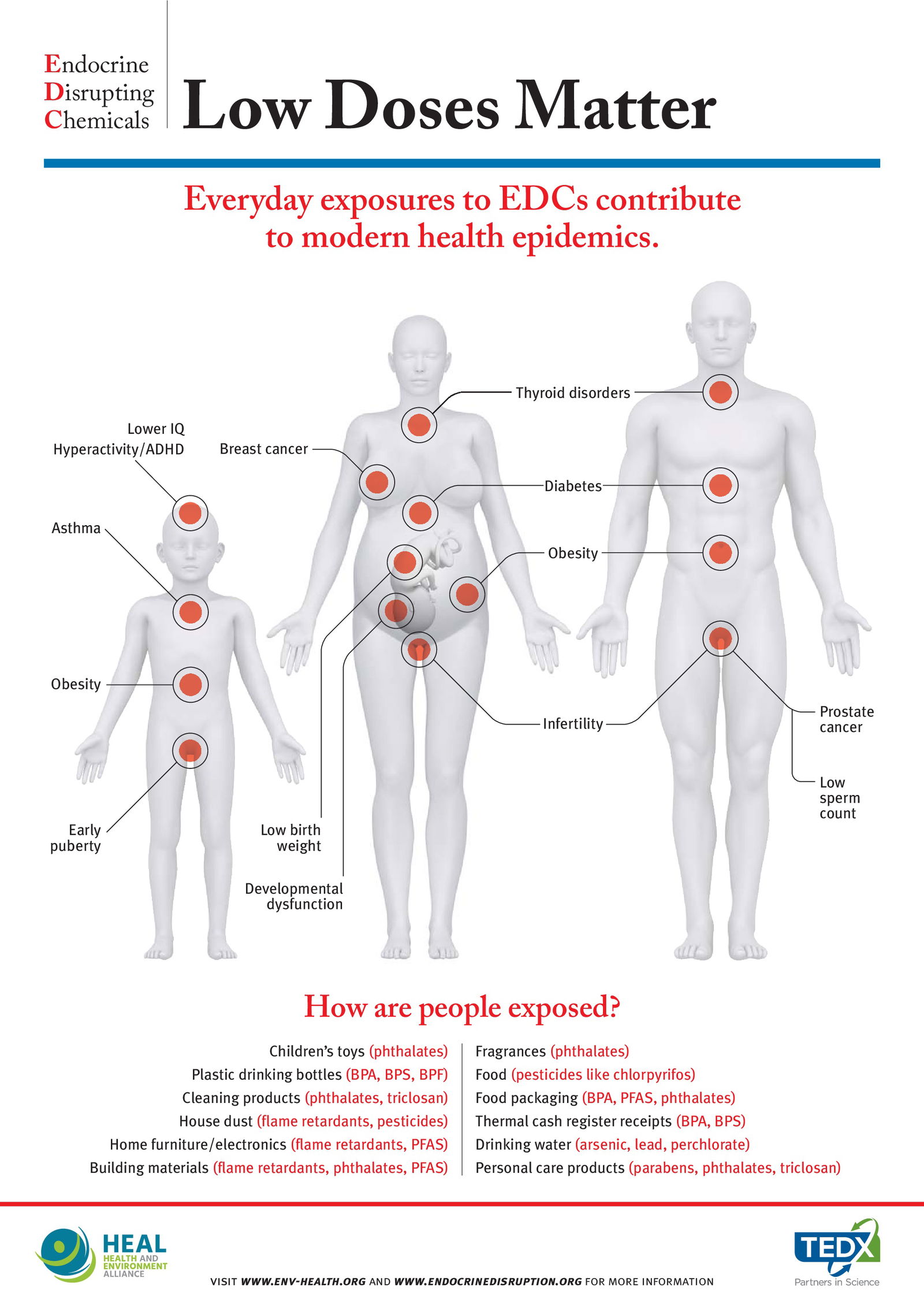· 9 min read
SDG 14 addresses the critical need to conserve and sustainably use the world's oceans, seas, and marine resources by 2030.
It’s good to have these goals but it can sometimes be like me announcing I am GOING to go on a diet! We need to see action and the willingness to take it!
So, I believe the SDGs are all important as a target but I already have a problem in that I feel some goals are more vital than others. If we cannot breathe pure air and drink clean water, how can we thrive to help others? We must safeguard our planetary home for our survival and to have a foundation for our society and economy. The former two cannot exist without the latter.
Since the 17 goals were developed, SDG 14 has received less than 1% of all philanthropic funding. This doesn’t bode well for the part of the planet that provides half the air we breathe! People forget about the intrinsic connection between us and the ocean. Our origin is in water and we spend our first nine months in water.

So where do we stand today with a deadline by 2030 to achieve all these goals? The scorecard is erratic.
The wins
There is some small progress worth celebrating.
To protect and conserve ecosystems and coastal and marine areas (SDG 14-2 and 14-5), some good improvements have been made.
This year, the adoption of the High Seas Treaty plus last year’s COP15 on biodiversity demonstrates a strong commitment by global nations to protect 30% of the ocean by 2030 – 30x30 (personally, I would like to see 50x25 given the increasing urgency). But this is still big. It is gaining traction with several nations committing much more than 50% of their marine areas to various types of marine protected areas.
Subsidies for unsustainable fishing have been a target of SDG 14-6 for years, but after over two decades of negotiations, in June 2022, World Trade Organization (WTO) members concluded an agreement to tackle the harmful fisheries subsidies that encourage unsustainable fishing in the world's ocean. We still need these ratified by countries and this is taking time. In the meantime, just 10 nations are responsible for 71% of the high seas catch and this is enabled by global subsidies that total $35 billion each year.

Finally, to address SDG 14-1, reduce marine pollution, formal two-year negotiations for a UN treaty to end plastic pollution began last year for completion by 2024. These will then need to be ratified by member states into their national legislation.
Originally the mandate was to address only marine plastic pollution but given that is the symptom – not the source, the negotiations will embrace plastic from extraction to disposal and incorporate the social justice, human and planetary health as well as environmental impacts. This is a robust start to rid the scourge of overused plastics and the chemicals they carry.
These efforts are contributing to the restoration of marine ecosystems and the protection of countless marine species.
Additionally, global initiatives have led to improved data collection and a better understanding of ocean health, allowing for more informed decision-making.
However, SDG 14 fails to include or consider non-western knowledge forms in addition to scientific data for solutions. Indigenous and coastal peoples have been stewarding their areas for centuries and understand it – even if they cannot explain the science. Yet science is now confirming most of their observations. We must work with sensitivity and humility to achieve ownership for the application of solutions.
The challenges
Despite progress, substantial challenges persist.
Did you know that every second breath we take comes from the ocean? So, hadn’t we better protect it fast?
We are failing to protect the ocean from warming, acidification, and deoxygenation which is an inextricable part of ocean and climate health.
This year we reached the highest temperature ever recorded in the ocean. Every second the ocean absorbs the energy of our anthropogenic heat to the equivalent of seven Hiroshima bombs exploding per second. Over 30 years that equals the released energy of 3.6 billion Hiroshima bombs!
Heating the ocean is causing an increasing feedback loop leading to less ice cover at the poles; changing ocean currents; more extreme weather patterns and increasing acidification.
Exacerbating deoxygenation and acidification is turning the ocean green instead of blue, forcing marine wildlife to become refugees in their own habitats. This means fewer fish, fewer fish where we expect them, and fewer ocean services to us.
As a result, disparities between communities in developing nations, coastal and island communities bear the brunt of human-induced climate burning – even if they contribute the least to the outcomes - and face threats to their livelihoods and security.
Rising sea levels are not only a geographic consequence. They deprive nations and peoples of centuries of their culture and spiritual connections.
Depletion of fish populations is causing migration and economic hardship while those nations with unfair subsidies, fleets and power can fish off their coasts without impunity. Any efforts at sustainability applied by coastal peoples are undermined by powerful factory fishing vessels and transnational borders.
Chemical and plastic pollution is inescapable, and we now recognise the threat these are having on our fertility, our health, and that of our children and theirs.
We need all nations to do something at once for an ocean that belongs to everyone and no one. It thus suffers the tragedy of the commons as it is largely exploited by a few nations to the detriment of the ocean services to everyone that it provides.

This may seem like an unsurmountable problem but there are quick fixes that can slow down the impact on the ocean and buy it more time to keep protecting us:
- Fix sources of methane such as
- plugging abandoned oil and gas wells
- feeding cows different diets
- Regulate and treat all industrial and sewage waste so it is neutral before releasing it into the ocean.
- Blocking arteries into the ocean for plastic and agricultural runoff into the ocean
None of the above solutions require major technological capacity, but applied at scale they would go a long way to slowing down ocean heating and pollution. Of course, the ideal scenario is to stop putting more GHG in the atmosphere, but many governments are still ignoring the science and heeding vested interests. The problem is we are not going to be able to negotiate our way out of this mess.
There is ongoing work on this, but we must ramp up the pace if we are going to beat the ocean heating tipping point which is showing signs of approaching.
Innovative solutions
Innovation has played a vital role in addressing SDG 14. Sustainable fishing practices, such as using GPS technology to track vessels and implementing blockchain for seafood traceability, have helped decelerate overfishing.
Some solutions for plastic and chemical pollution are showing promise but this a labyrinth that is fraught with ‘false friends’ that soon show up with their own problems. So, it is important to keep an open mind for externalities when considering such solutions.
Advanced monitoring technologies, like satellites and underwater drones, enable us to monitor and protect marine ecosystems more effectively.
Conclusion
Our ocean is an ecosystem. It is inextricably connected to us. Protecting a human-defined area doesn’t mean the marine creatures that roam between know this. Protecting resources in one area only to have them heavily exploited by others becomes self-defeating. This is not just a nation-by-nation exercise but one that requires genuine global cooperation.
The global community has recognised the importance of the ocean and without achieving this goal, society and economy SDG goals are moot.
Whatever we do going forward, we must consider these factors that have been repeatedly noted by the global research community to support the achievement of SDG 14:
- All nations need to move rapidly to ratify the treaties referred to above (let’s get from saying we are going on a diet, to actually applying an action regime!) the BBNJ (High Seas) treaty, the WTO Agreement on Fisheries Subsidies, and the Convention on Biological diversity frameworks.
- SMART approach—specific, measurable, achievable, realistic, and time-bounded measures must match the respective target. As mentioned before these measures must include traditional and indigenous knowledge as well as recognising different cultures.
- Equitable sharing of costs and conservation are vital so those countries bearing the worst burdens – even though not caused by them – do not have to carry the heavier costs. All communities and stakeholders must be consulted from each level grassroots, upwards. The polluter pays principle is a good benchmark for this approach for either overfishing, plastics and chemical pollution, and/or greenhouse gas emissions.
- As stated earlier we must increase funding for SDG 14. The Our Ocean conference in Panama which I attended earlier this year saw several commitments. Funding must be long-term and establish capacity-enhancing programmes to enable developing countries to collect data, monitor MPAs, and implement ecosystem-based management. Without addressing this capacity gap, it will be difficult to achieve SDG 14.
These suggestions would help achieve SDG-14 implementation in a just manner that includes the voices of all and shares both benefits and costs equitably.
If we commit ecocide in the ocean, we also are also committing peoplecide! Thus, the ocean still needs us all to be active and vocal. Raise your voice, not the sea level!
illuminem Voices is a democratic space presenting the thoughts and opinions of leading Sustainability & Energy writers, their opinions do not necessarily represent those of illuminem.






